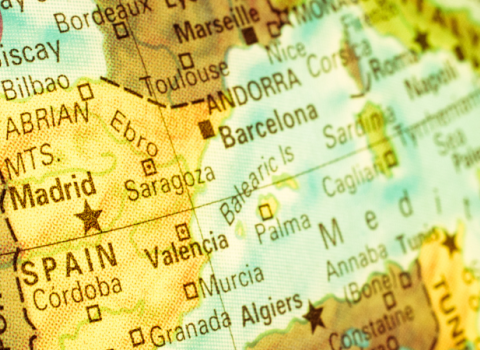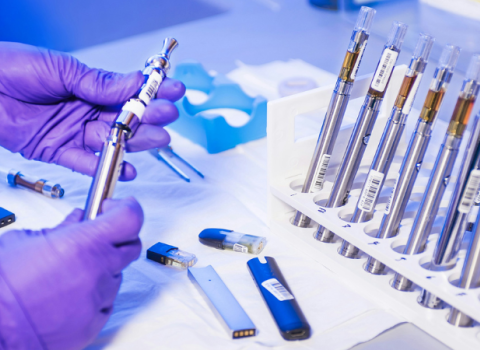Related article
Biotech: The Greens won't stop it
Marc Van Montagu, Europe's founding father of genetically modified crops and a powerful advocate for their acceptance in Europe, speaks to Science|Business News Editor Thomas Lau [link].
Within Europe, where countries have strong resistance to biotech foods, the Czech Republic planted genetically modified maize for the first time. Portugal and France have also resumed cultivation of biotech maize last year after the end of a EU-wide moratorium, joining Spain and Germany. Europe is one of the most resistant regions, limiting commercial biotech cultivation to about 100,000 hectares across five countries.
"I am cautiously optimistic that we will see an increase in bio-crop adoption in Europe for the next decade but the progress will be slow," said ISAAA Chairman Clive James in a conference call with journalists. "As five of the countries in Europe, led by Spain, are already using bio maize I believe there are many countries in Europe that will follow. But the growth will be slow."
Last year 22 million acres were added to the global pool of fields under biotech cultivation, raising the total to 222 million acres tended by 8.5 million farmers in 21 countries, said James. In 2005, the US was the dominant user of biotech crops, which are genetically altered to resist insects and confer tolerance to weed-killing sprays.
China, Brazil, Argentina and India are likely to be the greatest growth regions for the use of biotech foods, James said. While Brazil posted the largest rise of biotech fields in 2005, China looks set to be a vast growth region, due to the government's increasing investment in research.
In 2005, the global market value of biotech crops was $5.25 billion, representing 15 per cent of the $34.02 billion global crop protection market in 2005, and 18 percent of the $30 billion 2005 global commercial seed market. The market value was based on the sale price of biotech seed and any technology fees that applied. The accumulated global value for the ten-year period, since biotech crops were first commercialised in 1996, is estimated at $29.3 billion. The global value of the biotech crop market is projected at over $5.5 billion for 2006, ISAAA said.
"The outlook for the ten years points to continued growth in the global hectarage of biotech crops, up to 150 million hectares, with at least 15 million farmers growing biotech crops in up to 30 countries or more," said James.
| Global Area of Biotech Crops in 2004 and 2005: by Country (Million Hectares) | ||
|---|---|---|
| Country | 2004 | 2005 |
| USA* | 47.6 | 49.8 |
| Argentina* | 16.2 | 17.1 |
| Brazil* | 5.0 | 9.4 |
| Canada* | 5.4 | 5.8 |
| China* | 3.7 | 3.3 |
| Paraguay* | 1.2 | 1.8 |
| India* | 0.5 | 1.3 |
| South Africa* | 0.5 | 0.5 |
| Uruguay* | 0.3 | 0.3 |
| Australia* | 0.2 | 0.3 |
| Mexico* | 0.1 | 0.1 |
| Romania* | 0.1 | 0.1 |
| Philippines* | <0.1 | 0.1 |
| Spain* | <0.1 | 0.1 |
| Colombia | <0.1 | <0.1 |
| Iran | -- | <0.1 |
| Honduras | <0.1 | <0.1 |
| Portugal | -- | <0.1 |
| Germany | <0.1 | <0.1 |
| France | -- | <0.1 |
| Total | 81.0 | 90.0 |
Source: Clive James, 2005. | ||





 A unique international forum for public research organisations and companies to connect their external engagement with strategic interests around their R&D system.
A unique international forum for public research organisations and companies to connect their external engagement with strategic interests around their R&D system.